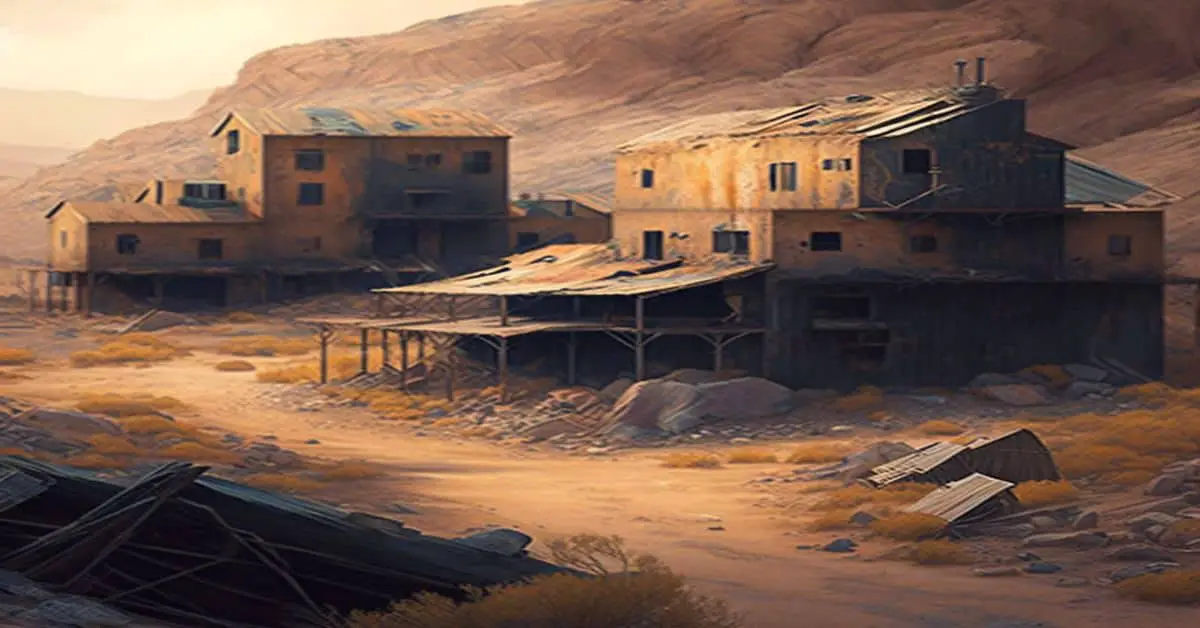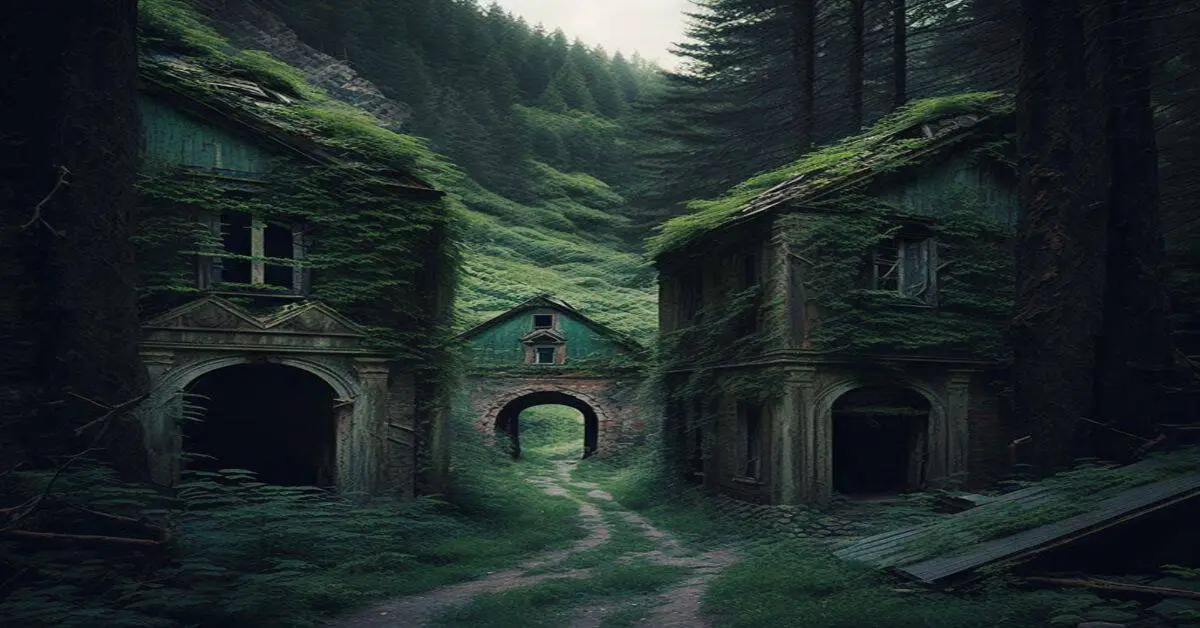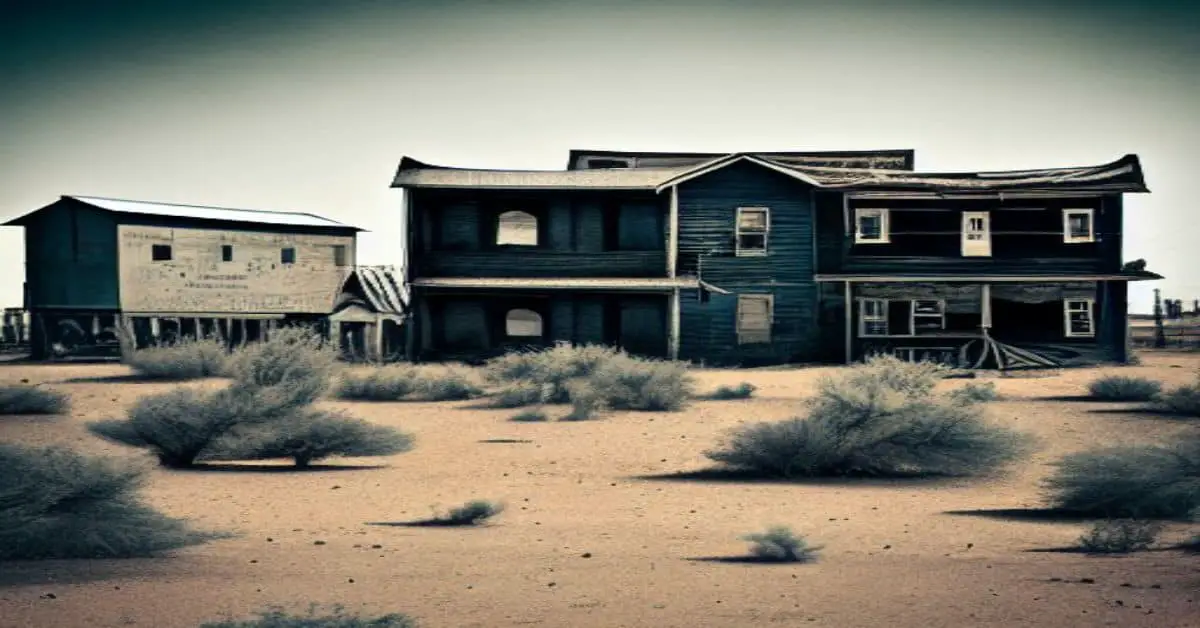Nestled in the heart of the Rocky Mountains, lies a forgotten piece of America’s World War II history – Camp Hale and Pando. Once a bustling military facility where troops trained in high-altitude and mountain warfare, it now stands as a haunting reminder of the past.
The remains of the camp, with only foundations and historical signs remaining, offer a glimpse into the training and sacrifices made by the soldiers who once called this place home.
With its towering peaks and rugged terrain, Colorado was ideal for training soldiers in mountain warfare. Camp Hale was established in 1942, and over the years, it became the primary location for the training of the 10th Mountain Division, a specialized unit of soldiers trained in mountain and winter warfare.
The soldiers underwent rigorous training, including skiing, rock climbing, and survival skills, to prepare for their deployment to the European theater of war. The camp was also home to Pando, a small town that housed the families of the soldiers and provided support services to the camp.
Together, Camp Hale and Pando played a crucial role in the war effort, and their history is a testament to the bravery and sacrifice of the soldiers who trained and fought there.
Key Takeaways
- Camp Hale was a military facility for high-altitude and mountain warfare training, primarily for the 10th Mountain Division.
- Soldiers underwent rigorous skiing, rock climbing, and survival training before fighting in the Apennine Mountains of Italy.
- Pando was a small town that housed families of soldiers and construction workers who built Camp Hale.
- Exploring the ruins of Camp Hale and Pando offers a fascinating glimpse into a crucial part of American history and is a must-visit for anyone interested in World War II history.
Location and Remains
The Colorado ghost town of Camp Hale and Pando are characterized mainly by foundations and historical signs, with Camp Hale being a vast facility built in 1942 that housed approximately 2500 men of the 10th mountain division who were trained in high altitude and mountain warfare, and Pando being a small camp where construction workers lived, both of which were dismantled in 1965.
Exploring the ruins of Camp Hale and Pando is an opportunity to witness an important part of American history. The remains of Camp Hale serve as a reminder of the training that troops underwent during WWII, and the historical significance of the area is a testament to the bravery and sacrifice of those who fought in the Apennine Mountains of Italy.
The foundations of Pando offer a glimpse into the lives of construction workers who were involved in building Camp Hale. Although Pando is not as well known as Camp Hale, its historical significance is no less important.
Together, these two ghost towns provide a fascinating window into a time when the United States was at war, and the men who trained at Camp Hale and lived at Pando played a vital role in securing victory.
Camp Hale
Built in 1942, the massive facility nestled in the high country of Colorado trained troops in all forms of high altitude and mountain warfare, with over 1000 temporary structures housing approximately 2500 men. Camp Hale played a significant role in the history of the United States during World War II. The troops trained here fought in the Apennine Mountains of Italy, and their training was crucial to the success of the Allied Forces in the war.
Despite its importance, Camp Hale was dismantled in 1965, leaving behind mainly foundations and historical signs. However, efforts have been made to preserve the history and significance of this site.
The Colorado Historical Society has erected historical markers throughout the area, providing information about Camp Hale and the 10th Mountain Division’s role in the war. In addition, the site is now open to the public, allowing visitors to explore the remains of the camp and learn about its role in American history.
Pando and Training
One notable aspect of the site is the training that took place, which focused on high altitude and mountain warfare. The troops stationed in Camp Hale were trained in various forms of alpine combat and survival skills. This was because the camp was situated in the Colorado Rockies, at an altitude of over 9,000 feet, and provided an ideal setting for the soldiers to learn how to fight in extreme conditions.
The training included skiing, mountaineering, rock climbing, and cold-weather survival skills. The soldiers were also taught to operate in small units and adapt to changing mountainous terrain conditions.
Apart from the military personnel, there were also construction workers who lived in Pando, a small camp located near Camp Hale. Pando served as a base for the workers who built Camp Hale, and it was where they lived during the construction process. While Pando was not as large or as significant as Camp Hale, its extensive foundations are a testament to the site’s historical significance.
Today, visitors can still see the remains of Pando, which is now part of the Camp Hale National Historic Site.
Frequently Asked Questions
What kind of high altitude and mountain warfare training did the troops undergo at Camp Hale?
Troops at Camp Hale underwent extensive high altitude training and were taught various mountain warfare tactics. The facility was built for military training purposes and contained over 1000 temporary structures, housing approximately 2500 men.
What was the reason for dismantling Camp Hale in 1965?
The reasons for dismantling Camp Hale in 1965 were due to the declining need for high altitude and mountain warfare training. Today, Camp Hale and Pando’s preservation efforts have focused on their historical significance and potential for tourism.
Were there any notable battles or engagements the troops trained at Camp Hale participated in during WWII?
Troops trained at Camp Hale were involved in notable engagements during WWII, including the Apennine Mountains campaign in Italy. The facility was built for high altitude and mountain warfare training techniques.
What is the current state of the historical signs and foundations at Camp Hale and Pando?
The historical signs and extensive foundations at Camp Hale and Pando are well-preserved, providing a unique tourist experience. Historical preservation efforts have ensured that visitors can still see the remains of the once bustling military facility.
Is there any ongoing preservation or restoration effort for the Camp Hale and Pando ghost town?
Preservation efforts for Camp Hale and Pando, a Colorado ghost town with historical significance as the training site of the 10th mountain division during WWII, are ongoing. However, there is no current information on restoration efforts.


